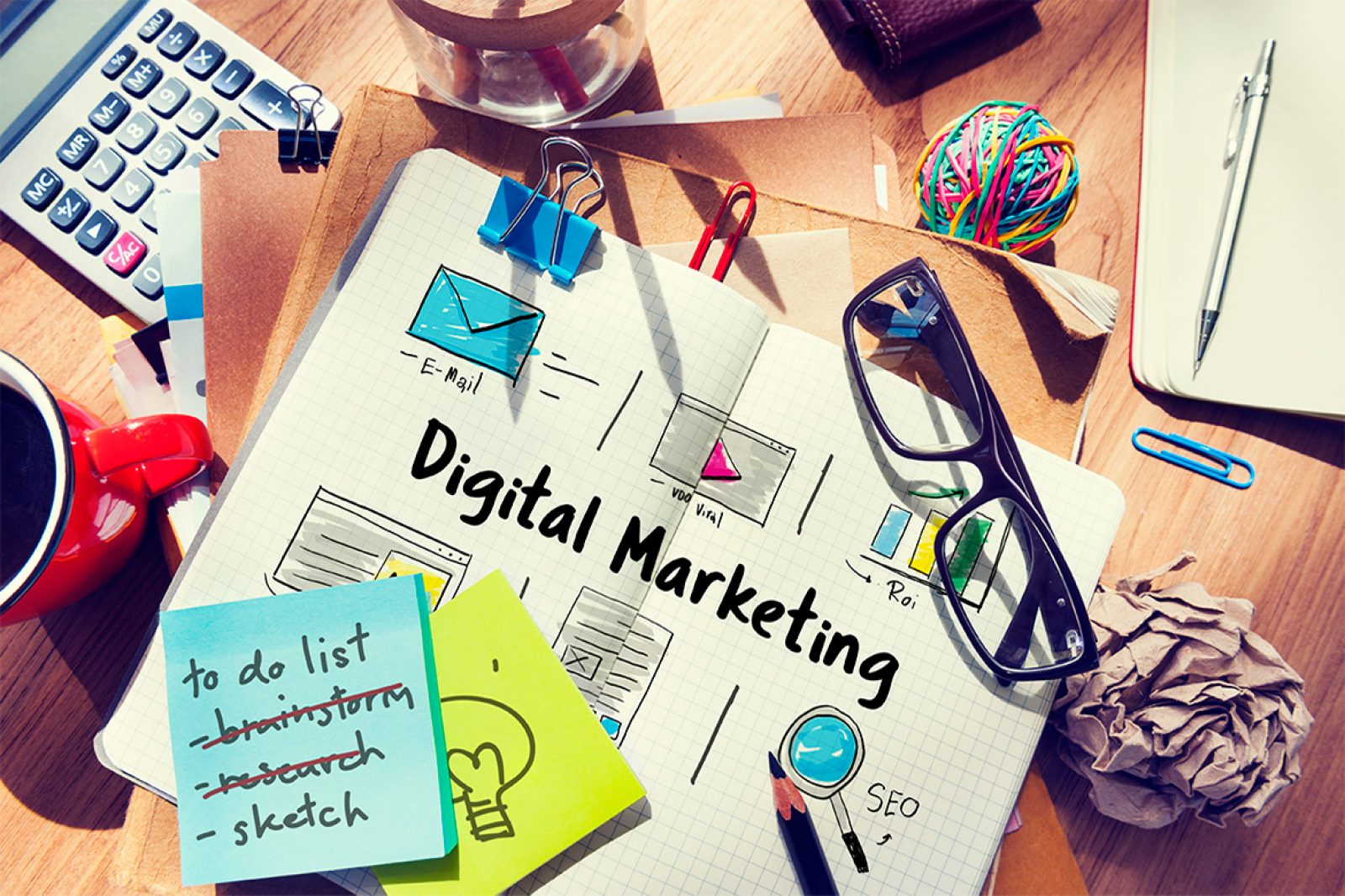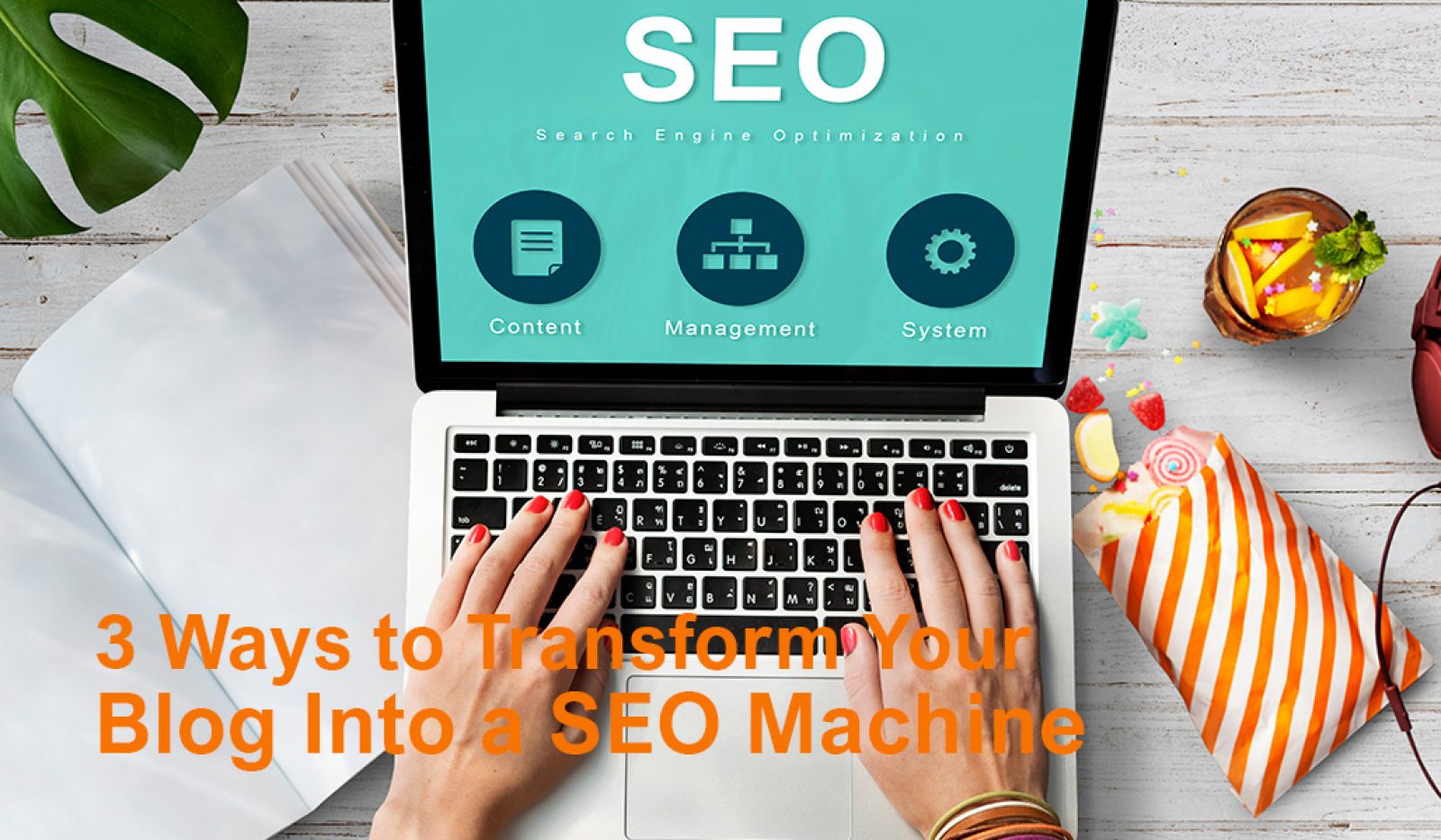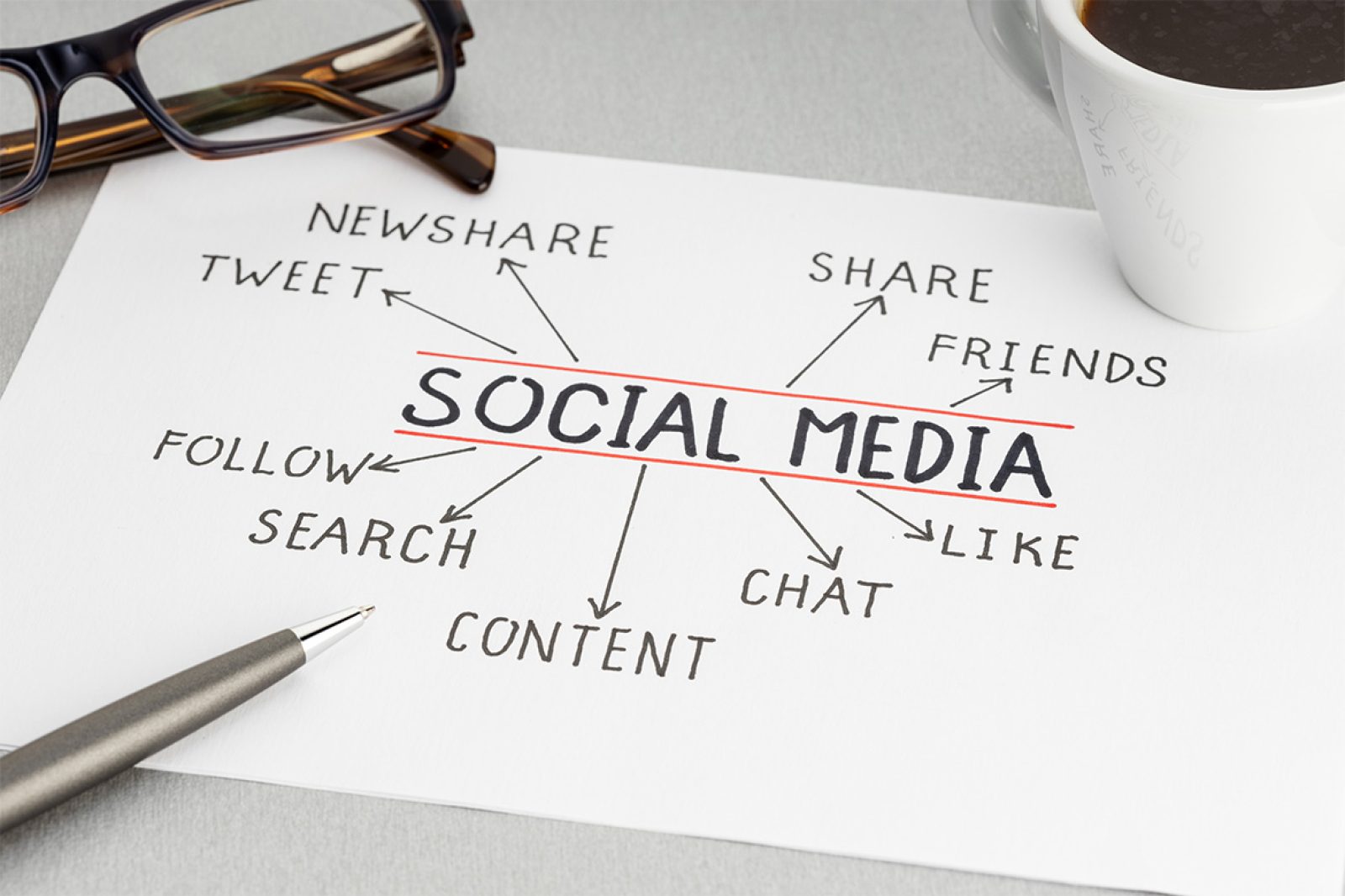Impact of Internet Marketing in Business
Internet marketing is the fastest growing trend today and has made marketing even easier for marketers. Alex Trengove says, ”as the world becomes ever more connected, web centric keeping up with developments and trends is vital for marketers trying to reach new...
OPTIMIZE CONTENT FOR SOCIAL MEDIA DISTRIBUTION
HOW TO OPTIMISE CONTENT FOR SOCIAL MEDIA DISTRIBUTIONThe marketing world has changed over the past decades thanks to invent of Social media.Social media itself is an umbrella term for all sites that may provide different social...
Transform Your Blog Into a SEO Machine
3 Ways to Transform Your Blog Into a SEO MachineIf you run a blog, you know how important it is to rank well in search engine results pages (SERPs). Higher rankings mean more traffic, more readers, and potentially more revenue. To...
Social Media Guideline for Small Business
Small Business’s Social Media GuidelineMany small or startup businesses in South Africa face challenges in building their business with few resources. As a startup or small business owners, there is a lot to achieve with...








